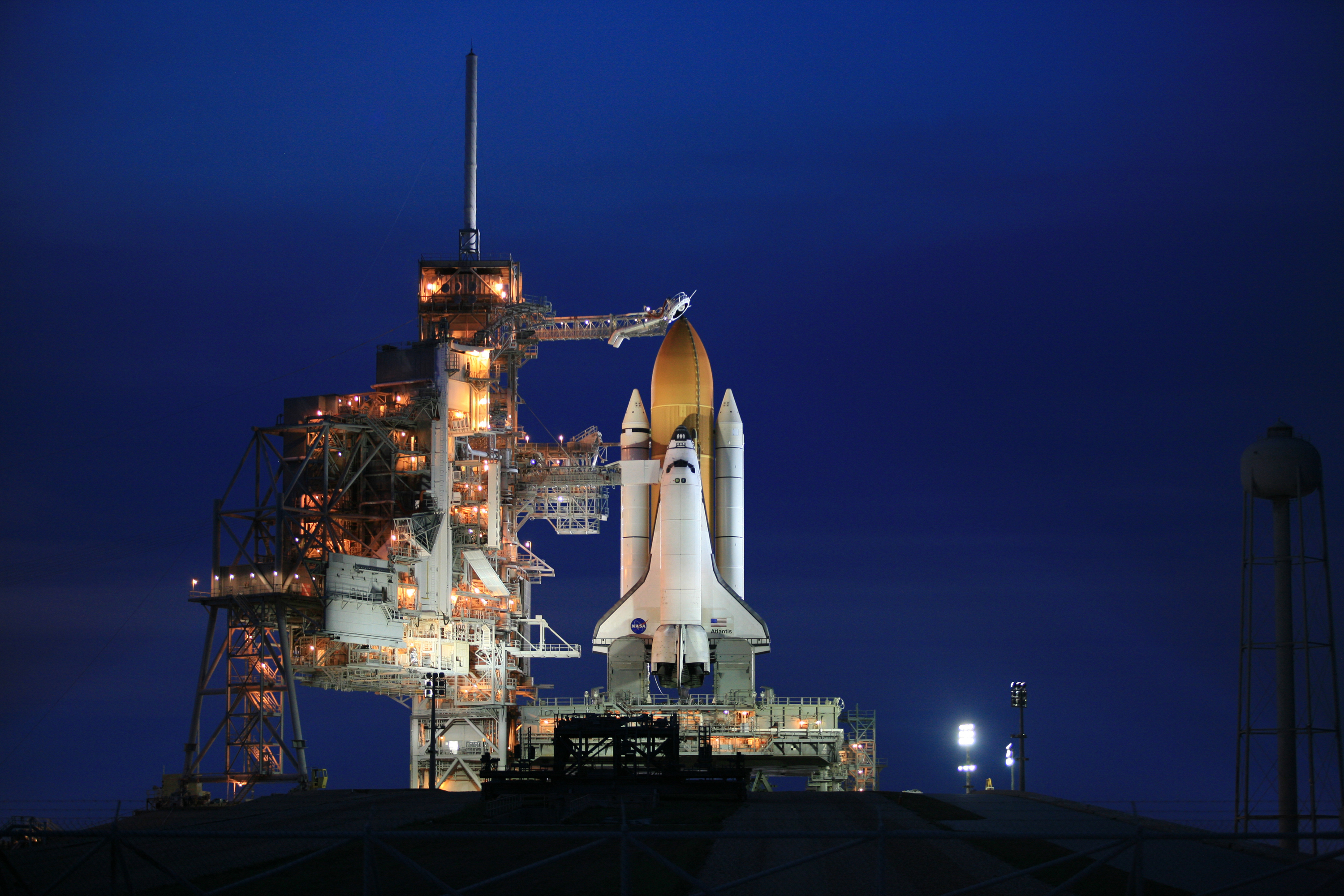Advanced Camera For Surveys on:
[Wikipedia]
[Google]
[Amazon]
 The Advanced Camera for Surveys (ACS) is a third-generation axial instrument aboard the
The Advanced Camera for Surveys (ACS) is a third-generation axial instrument aboard the
 The Advanced Camera for Surveys (ACS) is a third-generation axial instrument aboard the
The Advanced Camera for Surveys (ACS) is a third-generation axial instrument aboard the Hubble Space Telescope
The Hubble Space Telescope (often referred to as HST or Hubble) is a space telescope that was launched into low Earth orbit in 1990 and remains in operation. It was not the first space telescope, but it is one of the largest and most ver ...
(HST). The initial design and scientific capabilities of ACS were defined by a team based at Johns Hopkins University
Johns Hopkins University (Johns Hopkins, Hopkins, or JHU) is a private research university in Baltimore, Maryland. Founded in 1876, Johns Hopkins is the oldest research university in the United States and in the western hemisphere. It consiste ...
. ACS was assembled and tested extensively at Ball Aerospace & Technologies Corp. and the Goddard Space Flight Center
The Goddard Space Flight Center (GSFC) is a major NASA space research laboratory located approximately northeast of Washington, D.C. in Greenbelt, Maryland, United States. Established on May 1, 1959 as NASA's first space flight center, GSFC emp ...
and underwent a final flight-ready verification at the Kennedy Space Center
The John F. Kennedy Space Center (KSC, originally known as the NASA Launch Operations Center), located on Merritt Island, Florida, is one of the National Aeronautics and Space Administration's (NASA) ten field centers. Since December 196 ...
before integration in the cargo bay of the Columbia orbiter. It was launched on March 1, 2002, as part of Servicing Mission 3B ( STS-109) and installed in HST on March 7, replacing the Faint Object Camera (FOC), the last original instrument. ACS cost US$86 million at that time.
ACS is a highly versatile instrument that became the primary imaging instrument aboard HST. It offered several important advantages over other HST instruments: three independent, high-resolution channels covering the ultraviolet
Ultraviolet (UV) is a form of electromagnetic radiation with wavelength from 10 nm (with a corresponding frequency around 30 PHz) to 400 nm (750 THz), shorter than that of visible li